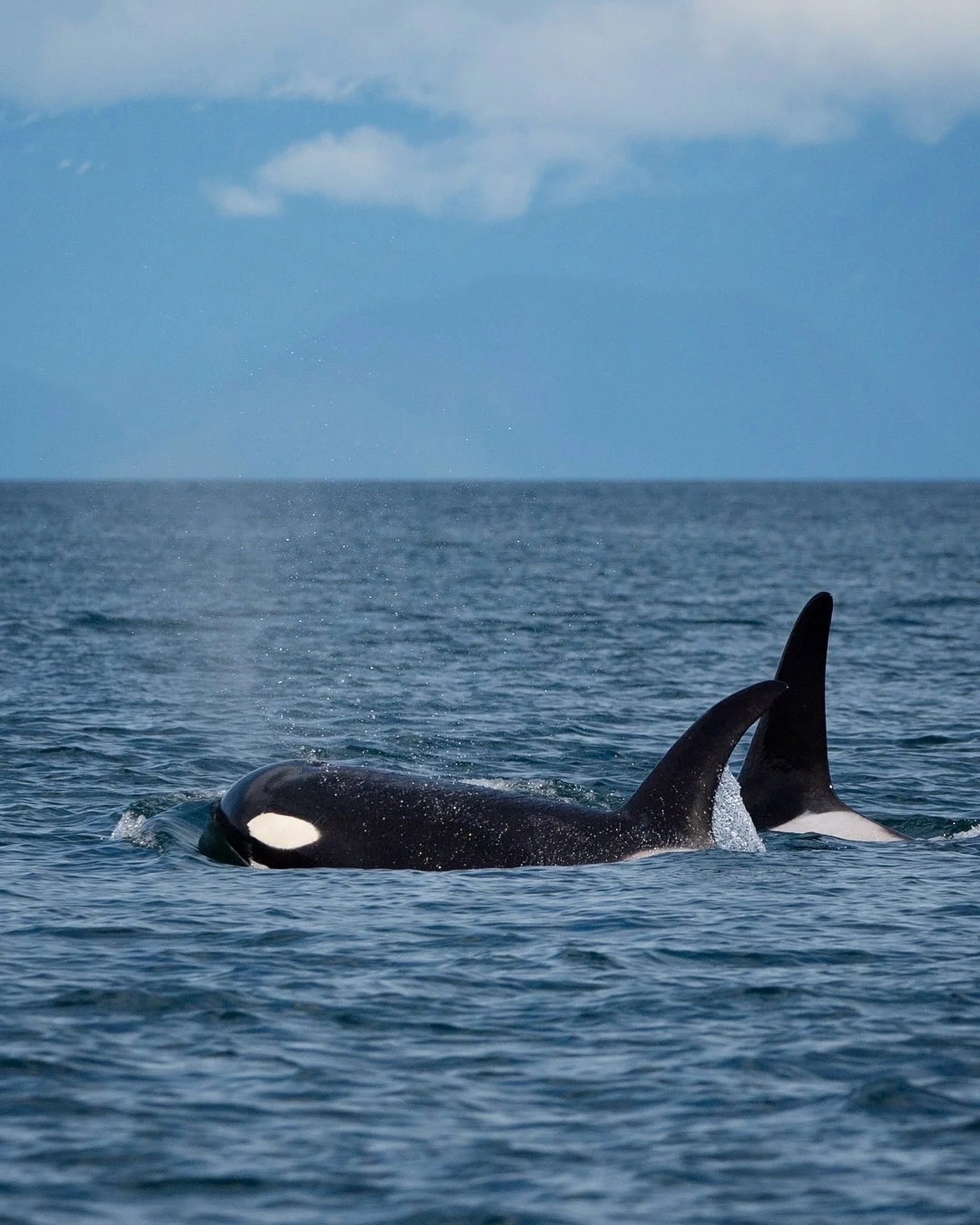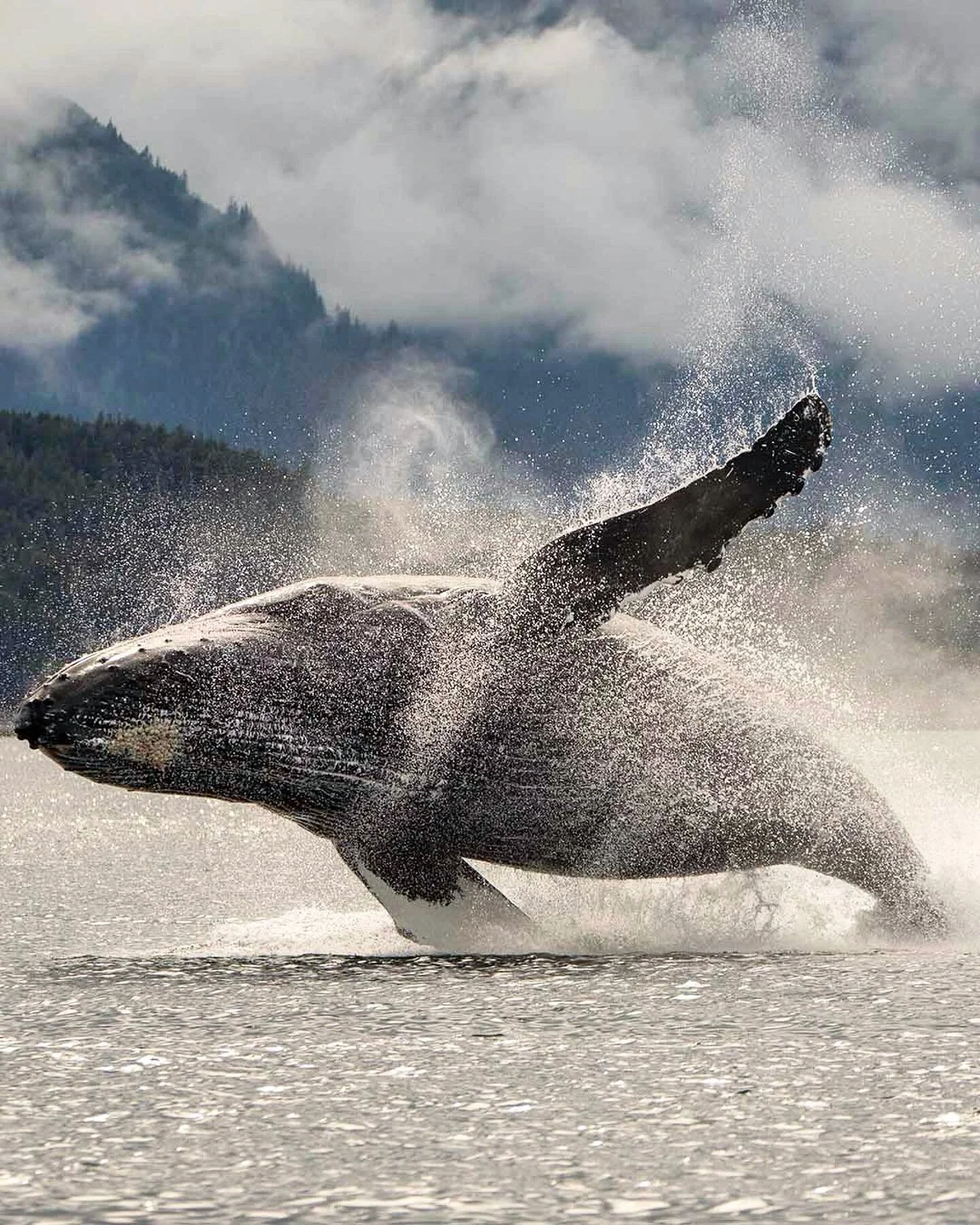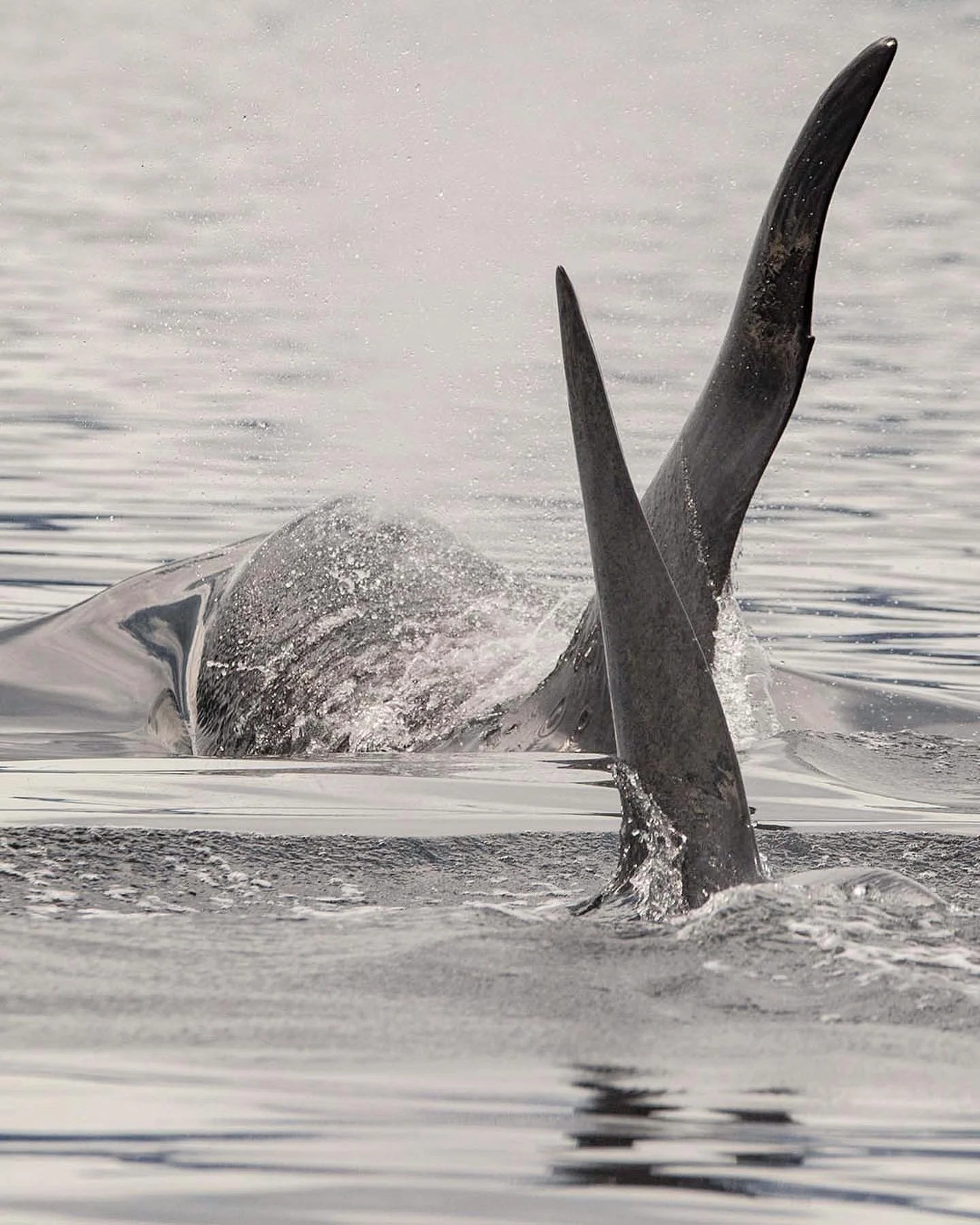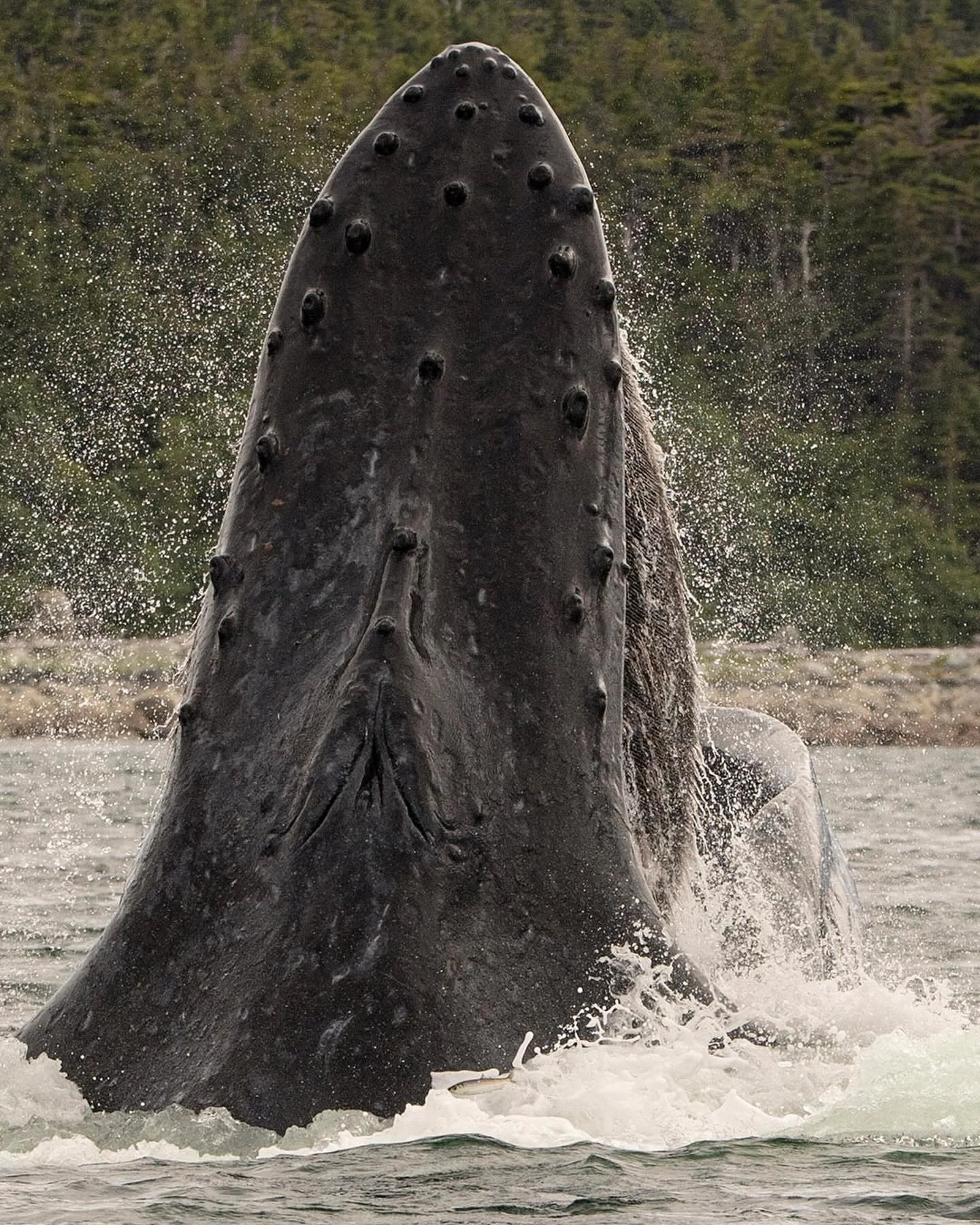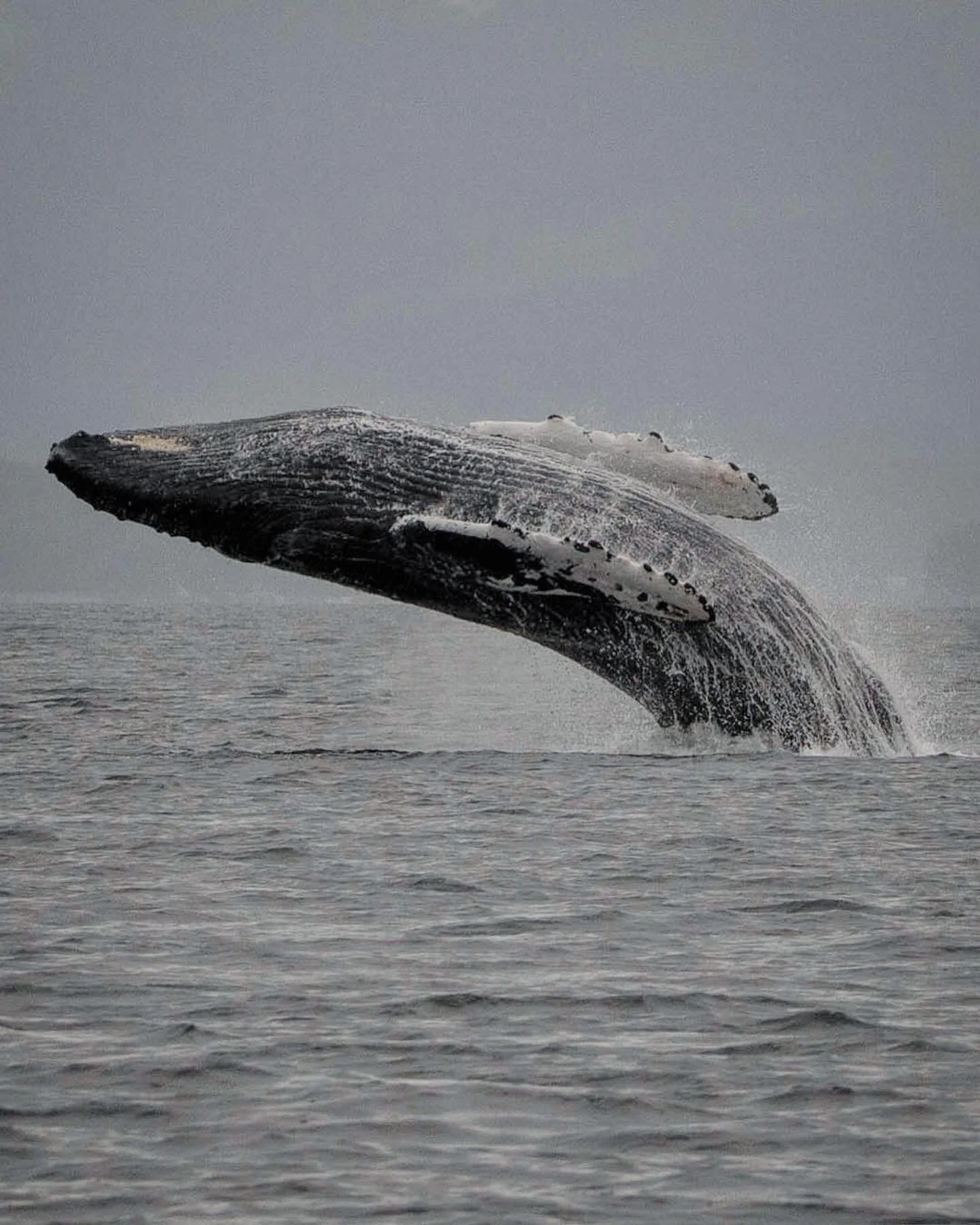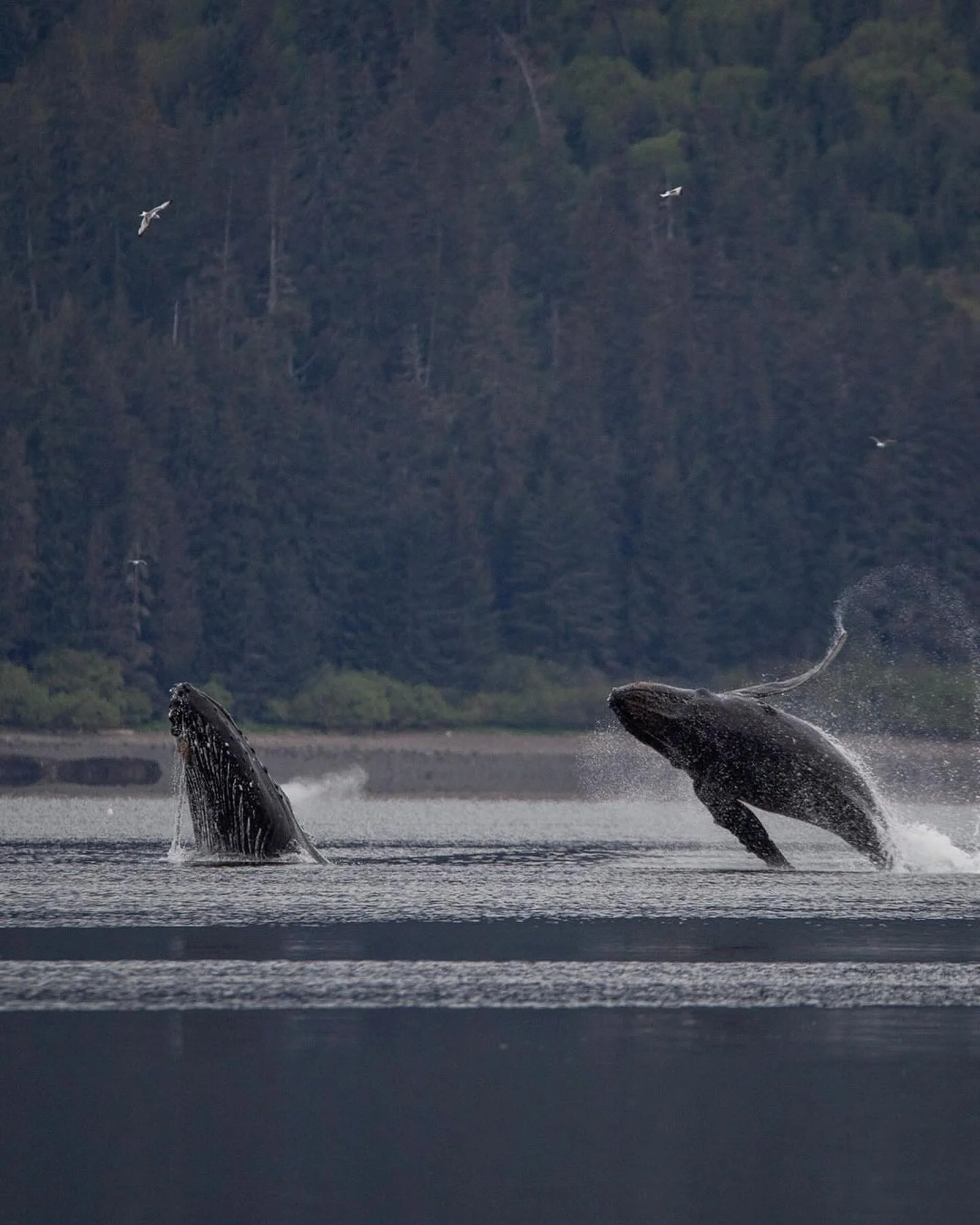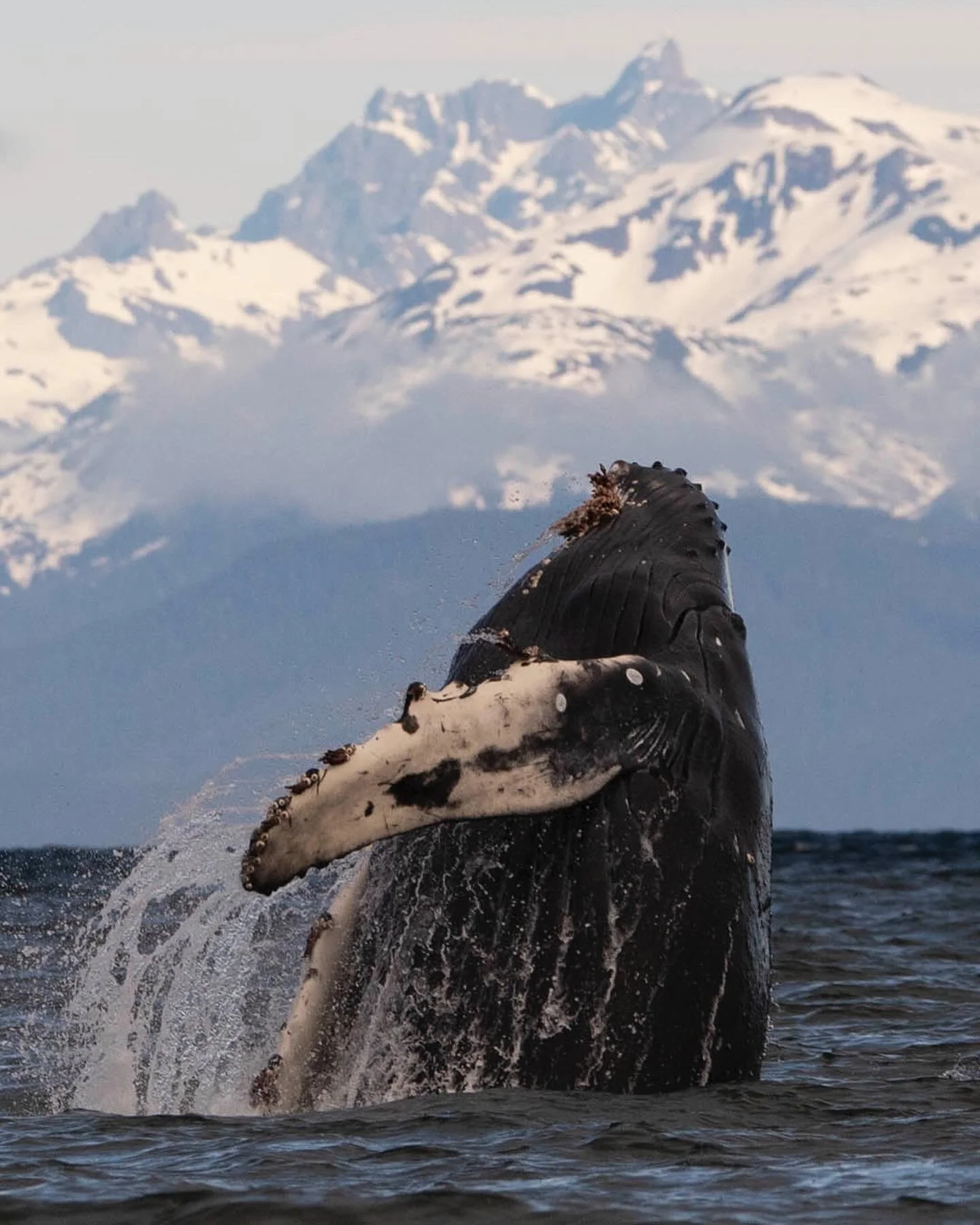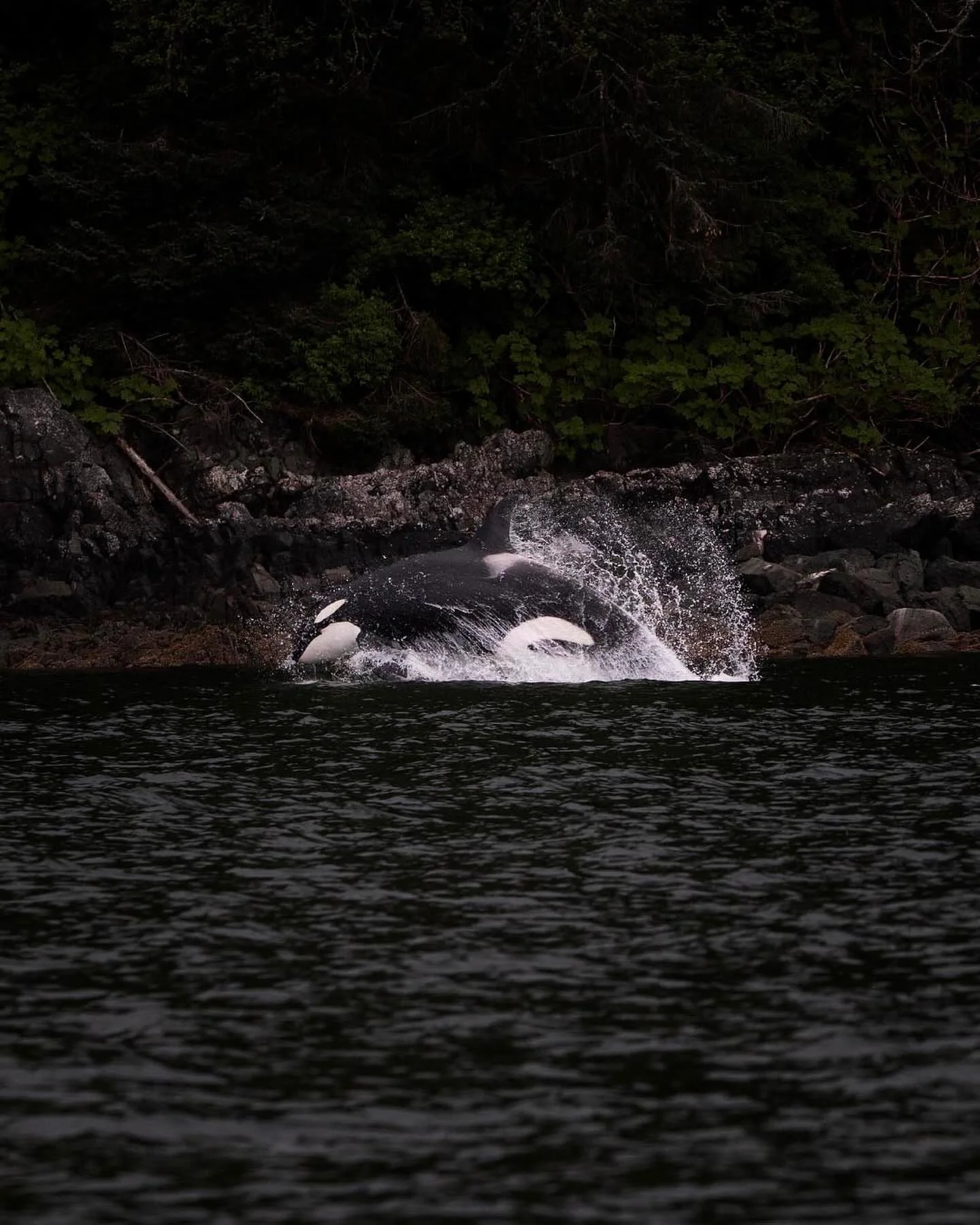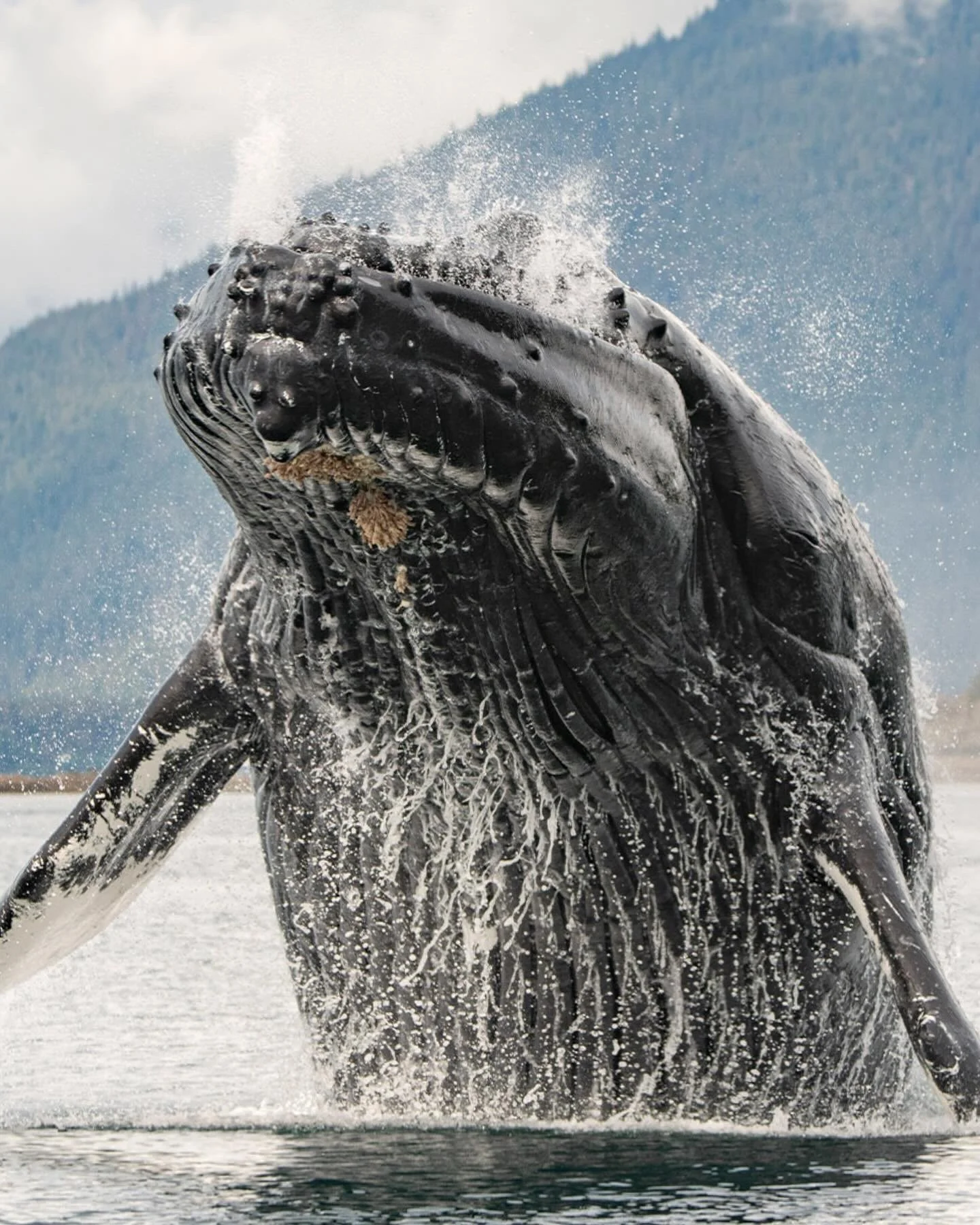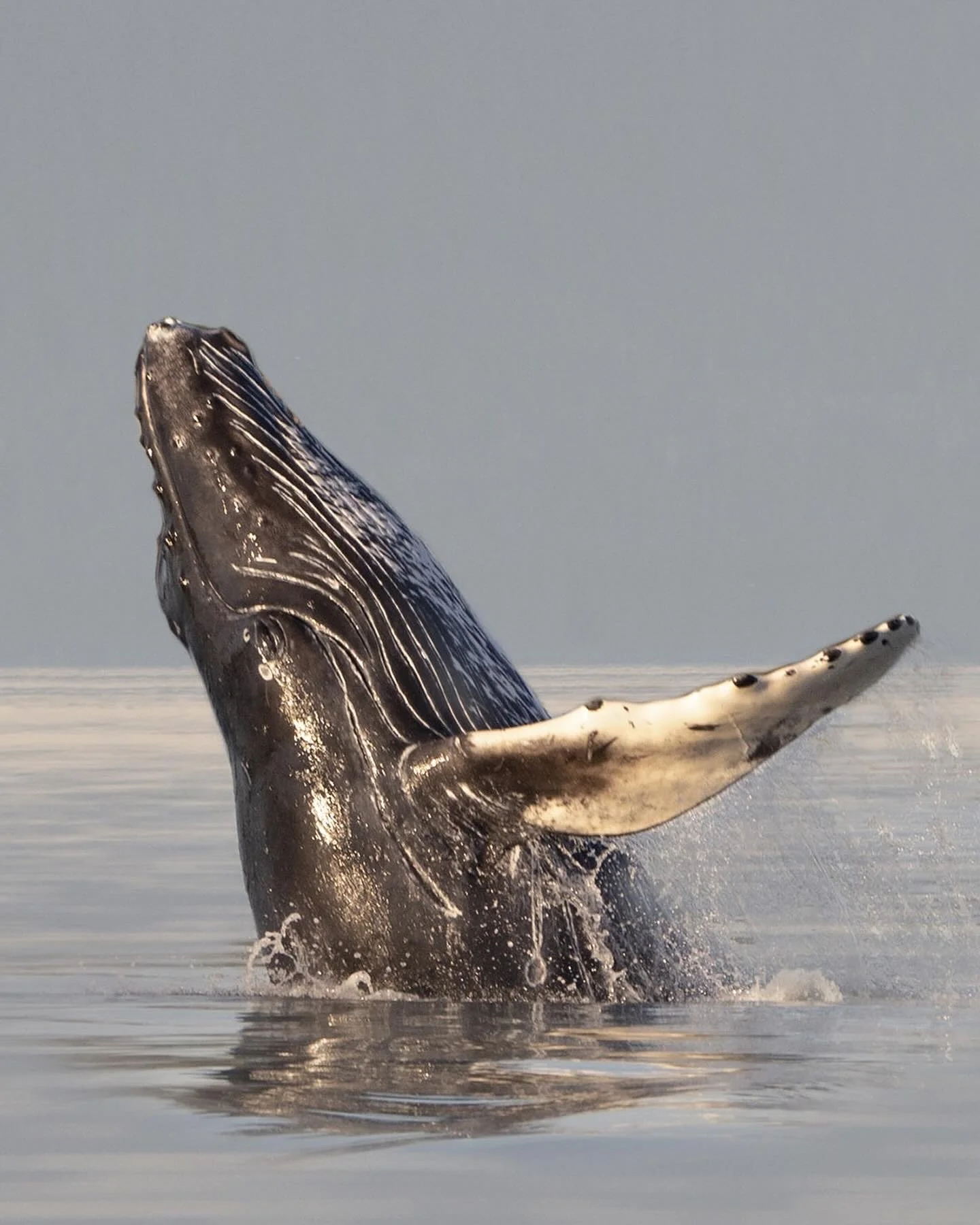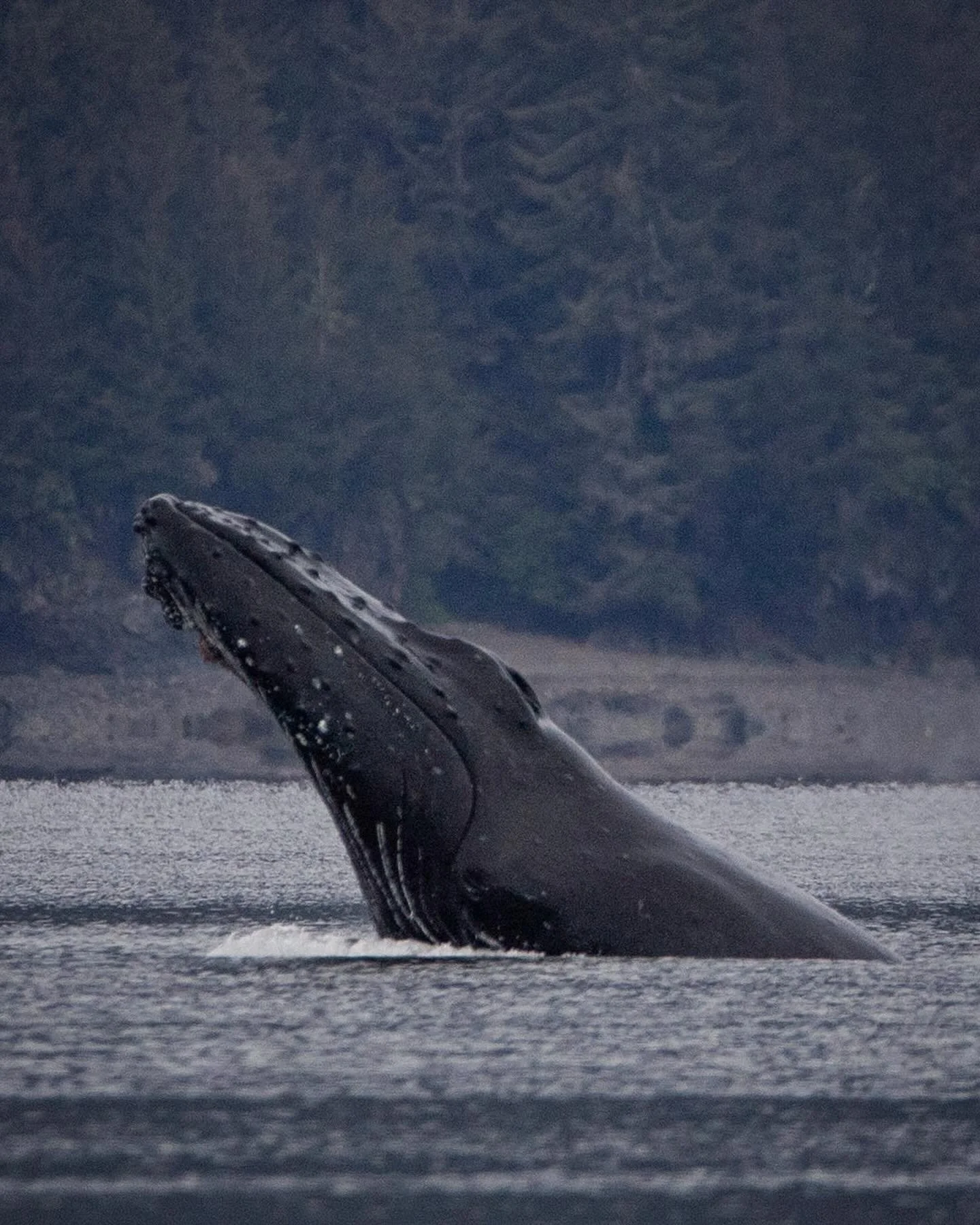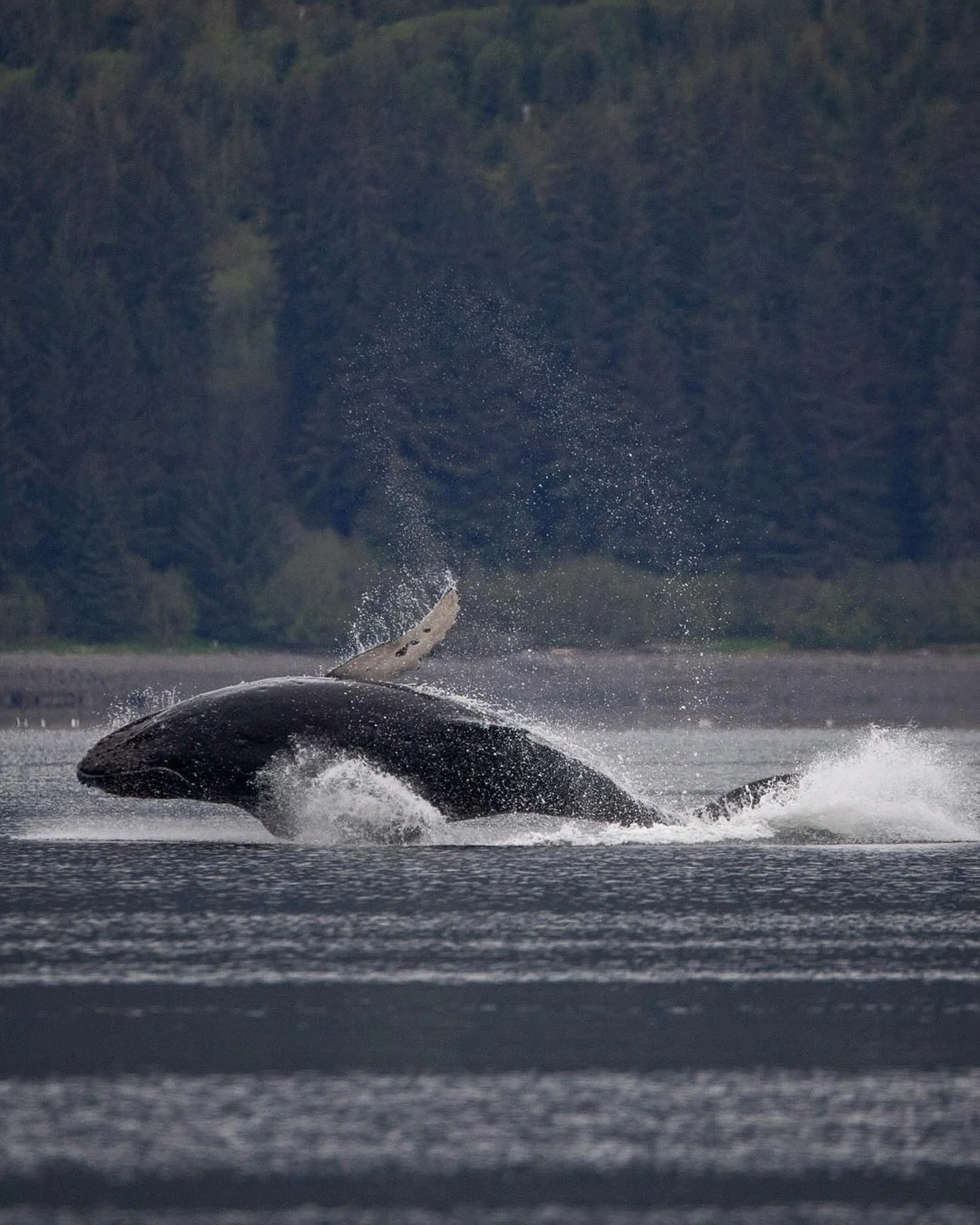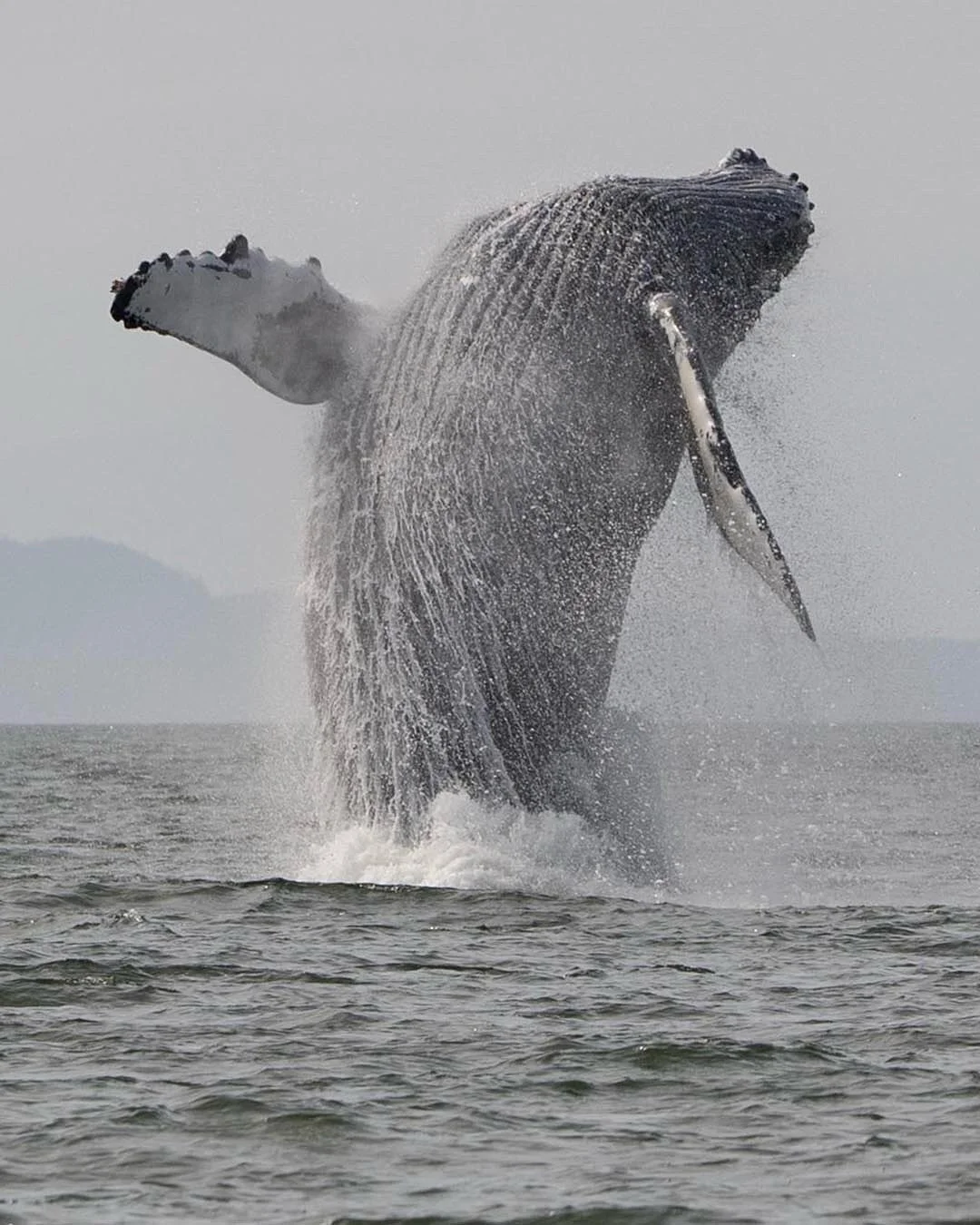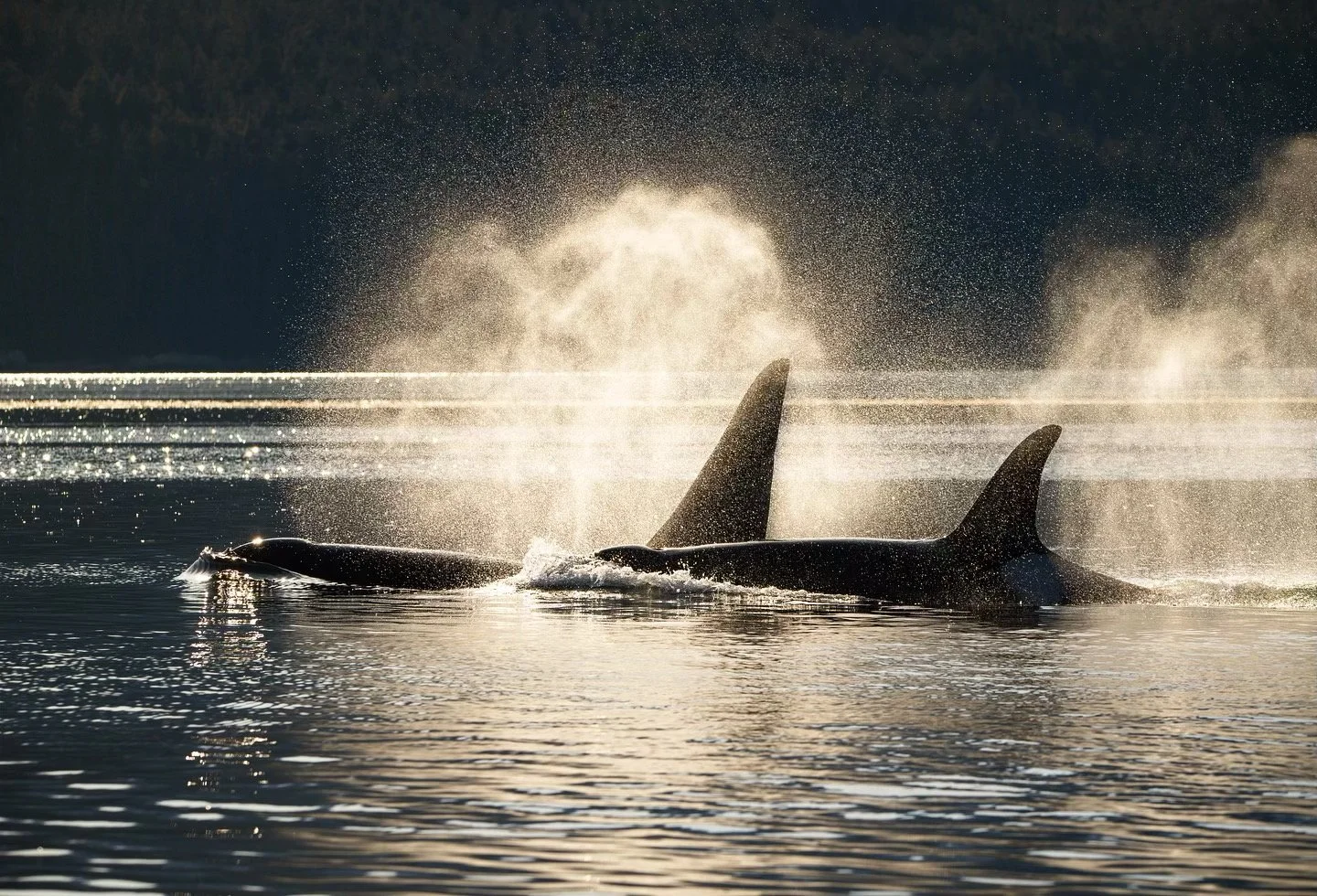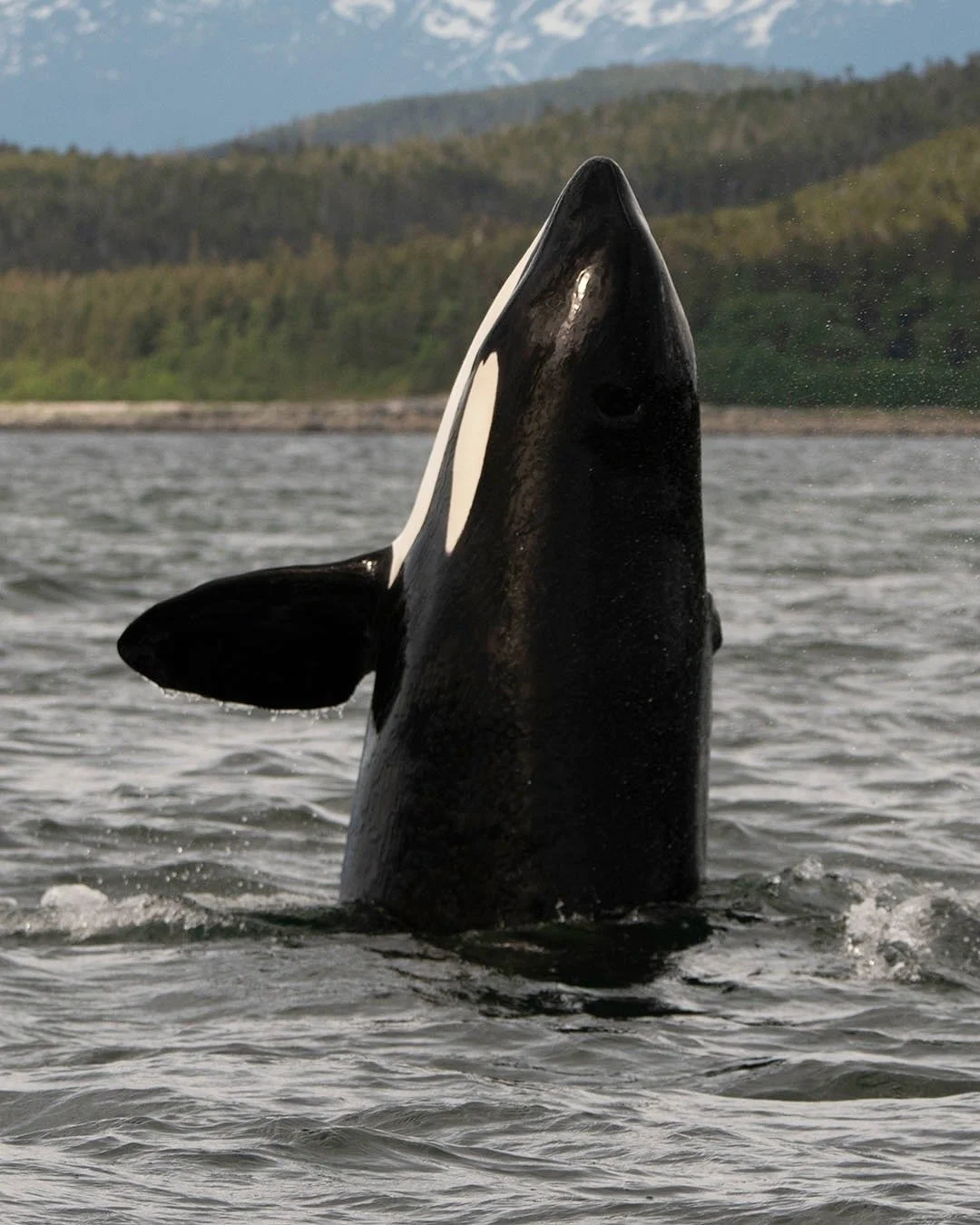Alaska's pristine waters offer one of the most magical wildlife experiences on Earth: whale watching. With massive humpbacks breaching in icy bays and pods of orcas slicing through the water in elegant unison, the experience leaves a lasting impression. I love nature and photography (as you can probably tell) and I’ve gathered a few considerations to help you plan an unforgettable whale-watching adventure in Alaska.
When to Go: Prime Whale Watching Season
The best time to spot whales in Alaska is between May and September, when the nutrient-rich waters draw thousands of whales to feed during their summer migration. Here's a closer look at each month:
May–June: As the snow melts and daylight stretches, humpback whales begin to return to Alaskan waters from their winter breeding grounds in Hawaii. These early months bring crisp air, fewer tourists, and frequent sightings of orcas, especially transient pods moving through Southeast Alaska. It's a great time to enjoy quieter excursions and catch the dramatic acrobatics of whales adjusting to their feeding grounds.
July–August: These are peak whale-watching months, with the highest concentration of whale activity. Humpbacks often engage in bubble-net feeding—a rare and thrilling cooperative behavior where a group of whales swims in a spiral to trap fish. These months also offer warmer weather and long hours of daylight, which are ideal for extended tours and photography. You're likely to encounter mothers with calves and large feeding groups.
September: As autumn begins to creep in, the whales prepare for their southward migration. Sightings are still common, but the frequency begins to taper off. However, the fall colors and quieter waters can make for a serene and soulful experience. You may spot whales making their final feasting efforts before the journey south.
Top Locations for Whale Watching
Kenai Fjords National Park (Seward)
Why Go: This breathtaking region offers sightings of both humpbacks and orcas, with the added bonus of towering glaciers, rugged cliffs, and abundant seabirds. Wildlife here includes puffins, sea otters, and harbor seals.
Photographer’s Dream: The dramatic landscape provides a cinematic background. Morning tours often offer the best light, and reflections off the water can create painterly effects in your photos. Bring extra batteries—there’s no shortage of moments to capture.
Lens Choice: A 100–400mm zoom lens is ideal for capturing whales from a distance while still achieving detailed shots. If you're on a smaller vessel, consider a lens with image stabilization to compensate for movement.
Shutter Speed: Fast shutter speeds (1/1000 sec or faster) are essential to freeze motion, especially when whales breach or slap their tails. For calmer behaviors like spy-hopping or fluking, you can lower your shutter slightly to capture more light.
Positioning: If you have flexibility, stand at the bow or stern of the boat. These areas often give the clearest line of sight and allow you to quickly pivot when whales surface. Avoid the center cabin unless you’re shooting overhead.
Patience Pays Off: Whales are unpredictable. Often, you’ll hear the burst of their blow before you see them. Stay alert, keep your camera on, and anticipate the direction of movement. Practice “pre-focusing” on the waterline where they might surface next.
Bonus Tip: Overcast days can provide soft, diffused light that works beautifully for wildlife photography. Don’t be discouraged by cloud cover!
Want to see how these tips translate into stunning visuals? Explore the Whale & Orca Print Collection and bring the majesty of Alaska into your space.
Respectful Wildlife Watching
Whale watching is an incredible privilege, and it comes with the responsibility to do no harm. Ethical whale-watching companies abide by regulations that require maintaining a safe distance, avoiding sudden maneuvers, and turning off engines when whales approach.
Choose Wisely: Look for operators who are members of Whale SENSE or follow Alaska’s marine wildlife viewing guidelines.
Keep Quiet: Sudden noises can disturb marine life. Speak softly and avoid clapping or tapping the boat.
Never Feed or Touch: Interacting directly with whales can be harmful to both you and them. The goal is to observe, not interfere.
The most moving whale encounters often come when the animals choose to approach out of curiosity. These moments are powerful reminders of our shared space and the need to protect it.
Ready to Plan Your Trip?
Whether you're cruising along the Inside Passage, staying in a cozy lodge, or venturing to Alaska’s more remote corners, the opportunity to witness humpbacks and orcas in their natural environment is nothing short of transformational.
Have a question or want advice about whale watching in Alaska? Please do not hesitate to reach out here or send me an email (mary@marysmark.com) and I’ll do my best to help!
Shop the Look: Want to relive the magic at home? Browse my best-selling Whale and Orca Prints from recent adventures.
Stay Inspired: Sign up for our newsletter to get monthly photo essays, travel tips, and behind-the-scenes stories from adventures.
Visit www.marysmark.com/blog for more stories from Alaska’s wild heart.
